
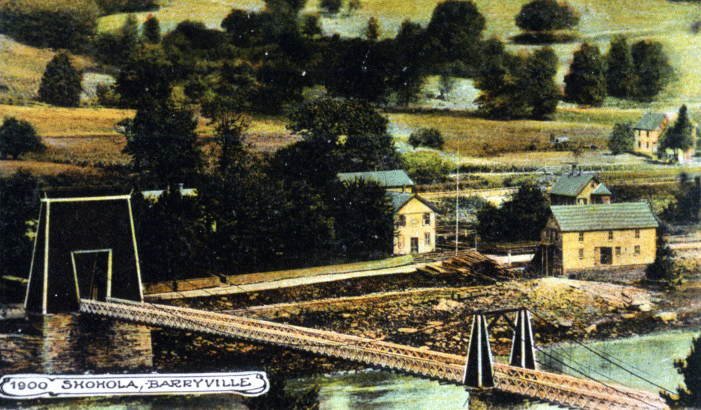
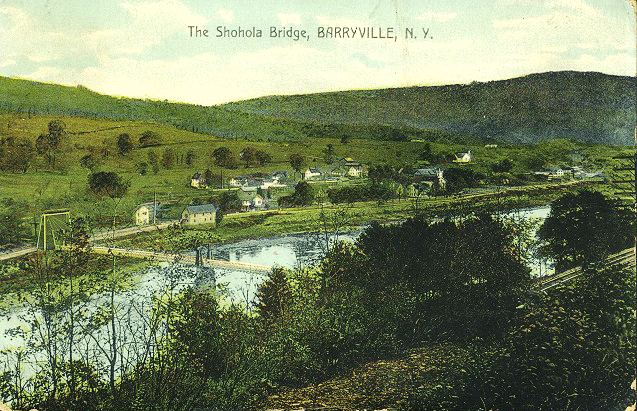

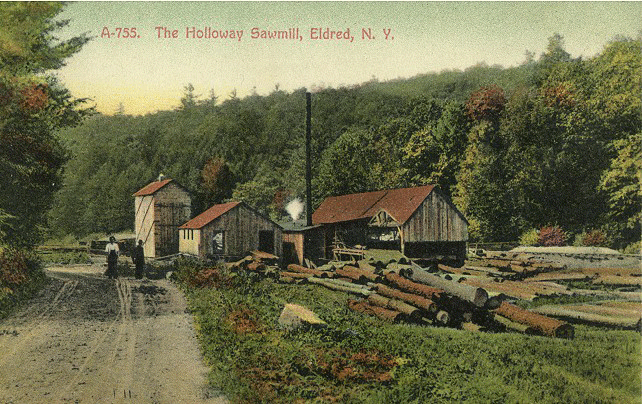
Before I started researching and writing my Halfway Brook books, I ran across a site that posted postcards from the Eldred area, which included Mountain Grove, my Austin grandparents’ boarding home (where my father grew up).
Dad was living there, but got out safely, when the house burned down in 1935.
When I began writing and researching what became The Mill on Halfway Brook, I received permission to use the postcards in my books, from the owner of the site. My understanding is that the wonderful selection of postcards was later given to the Town of Highland.
I plan to post some of the postcards, some of which were not in any of my books. If they were in my books, they were black and white, unless, like the sawmill above, they were on the cover.
I find it interesting that the postcard above says Holloway Sawmill. I wonder if Holloway is a misprint of Halfway?
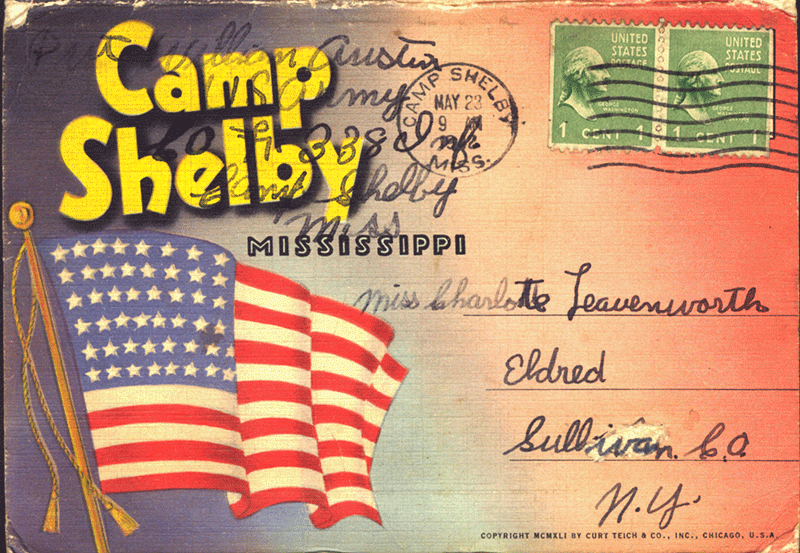
Camp Shelby is located 12 miles from the city of Hattiesburg, Mississippi. It was built to accommodate 55,000 soldiers and is the second largest training camp. It cost more than $22 million.
Home of some 50,000 fighting men, Camp Shelby gets its name from a famed leader of men of Colonial days—Colonel Isaac Shelby. It was created during World War I days.
—Camp Shelby Flyer, 1942.
My uncle Bill Austin was stationed in Camp Shelby and sent his aunt Charlotte Leavenworth a postcard booklet of Camp Shelby photos.
—Farewell to Eldred, p. 260.
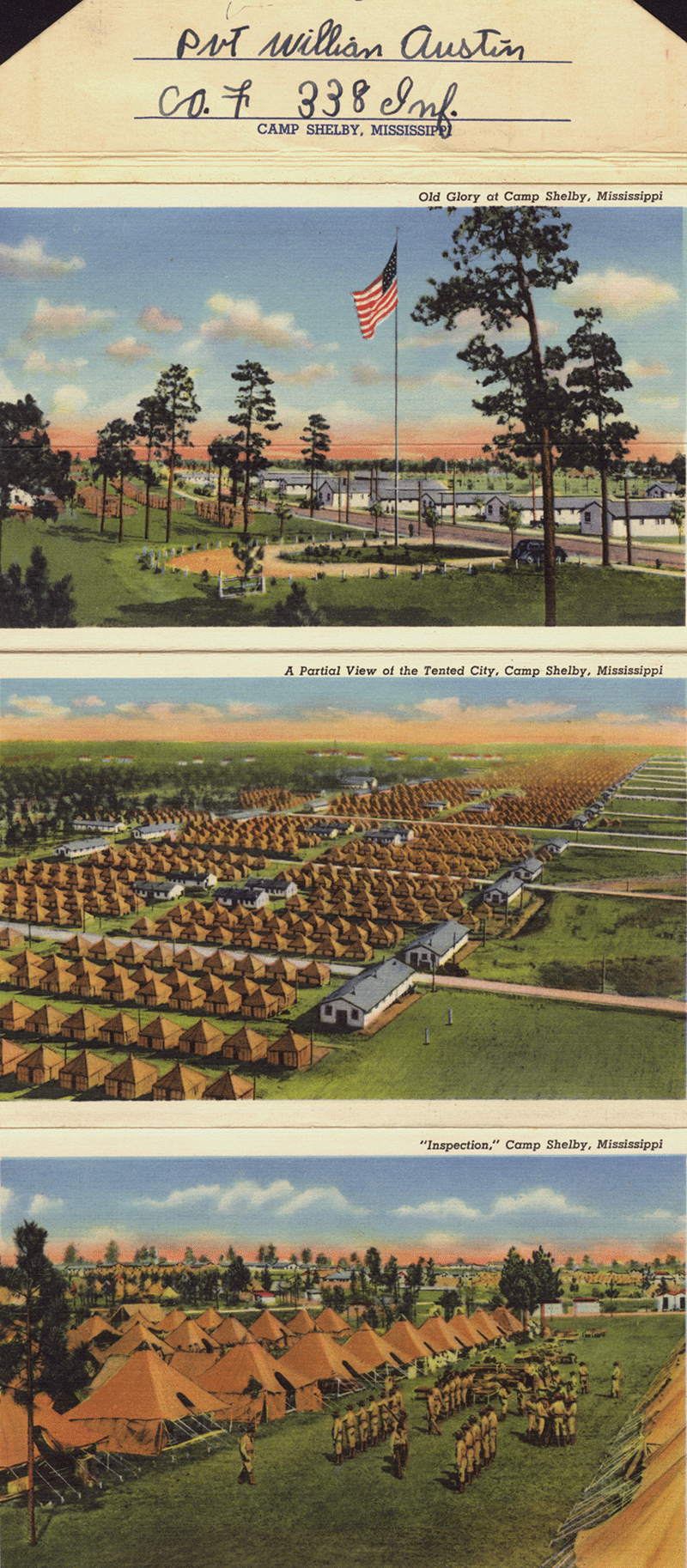
The Flatiron Building in NYC, was one of the buildings I became interested in as I researched information for my Halfway Brook books. Here is a collection of my posts with the addition of a typical floor plan.

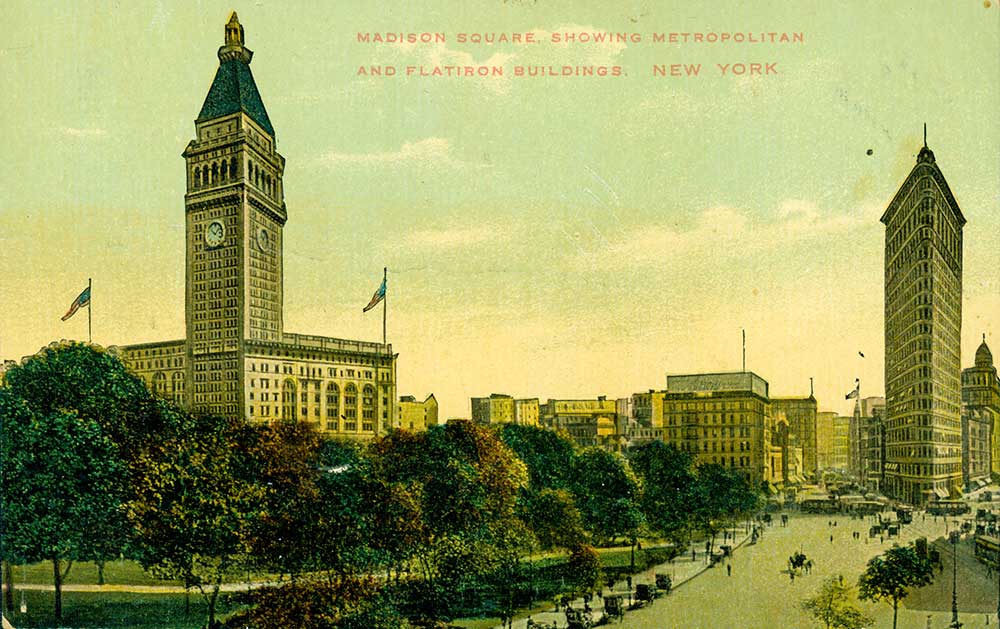
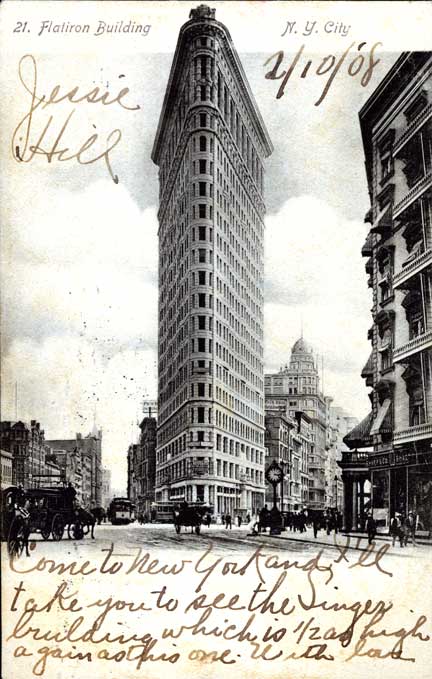
Flatiron Building Postcard 1
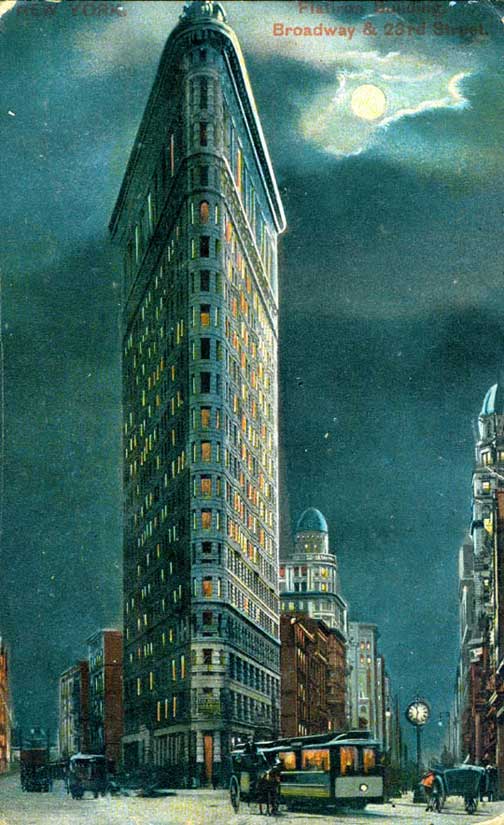
Flatiron building at night

Flatiron Building, 1902
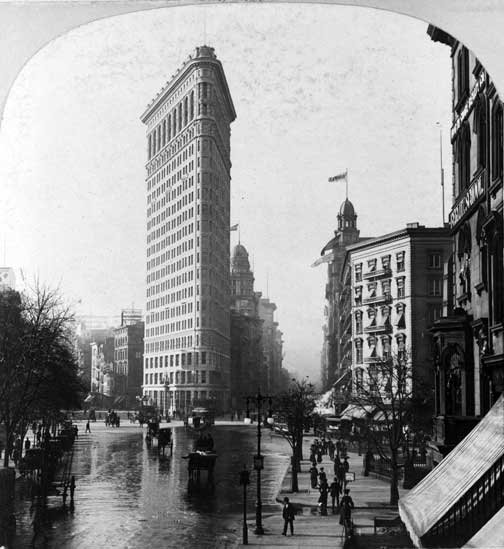

Halfway Brook readers may remember I made several posts about the Roebling Bridge. You may enjoy reading this post from 2013 that I recently found: Roebling’s Delaware Aqueduct
Revisiting HWB posts on Roebling Bridge:
I’ve added an image and link from my collection of Roebling Bridge/Acqueduct Posts.
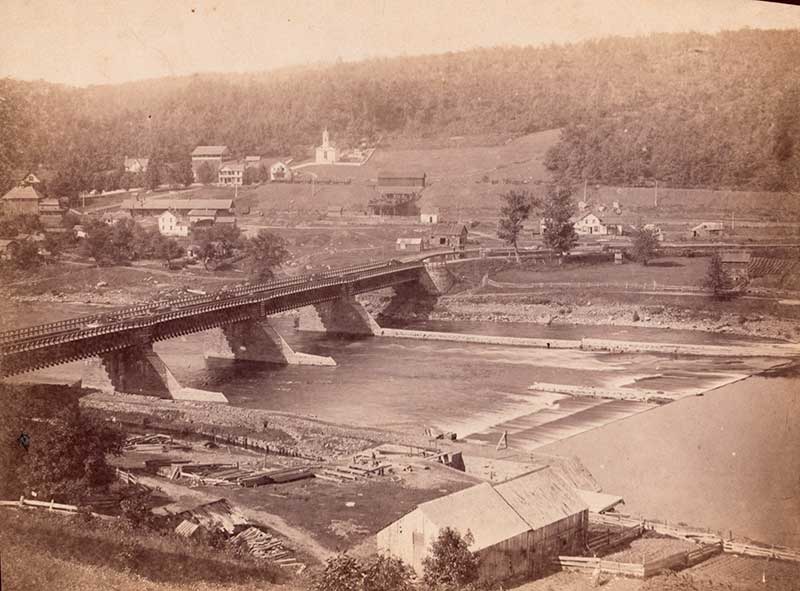
Slackwater Dam 1880 Roebling Aqueduct
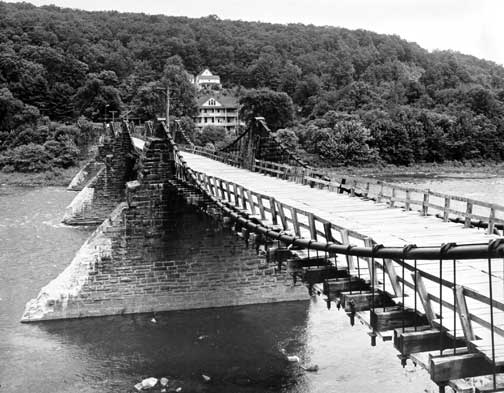
Roebling Toll Bridge Revisiting Roebling Bridge III

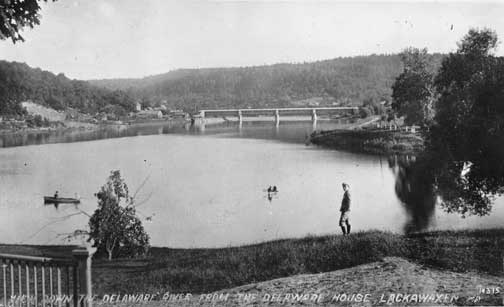
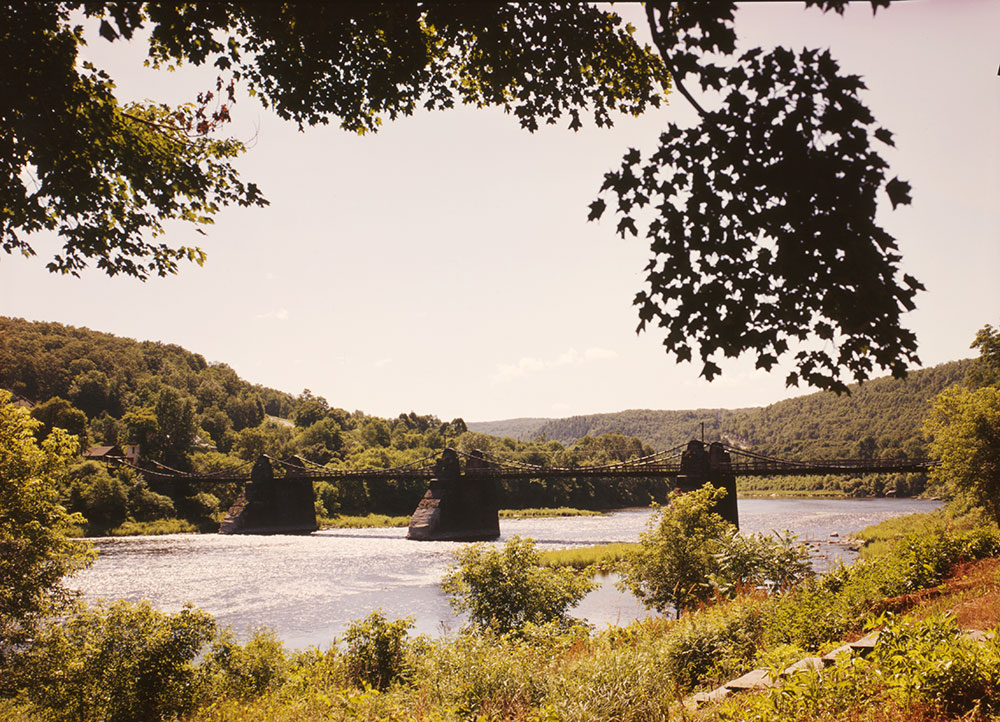
Old Roebling Bridge Photos 2

Roebling Bridge Photos 3
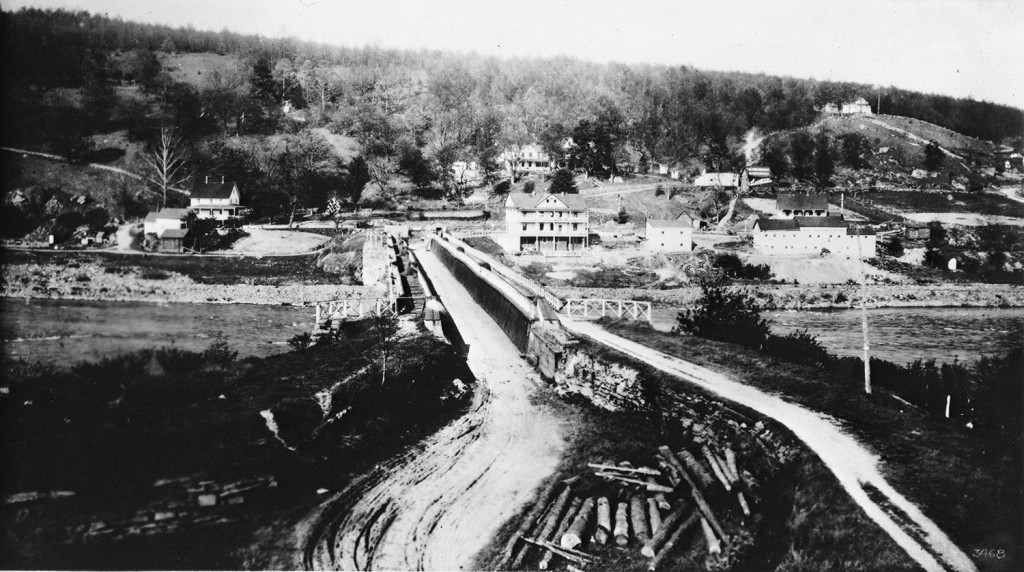
Revisiting Roebling Bridge I
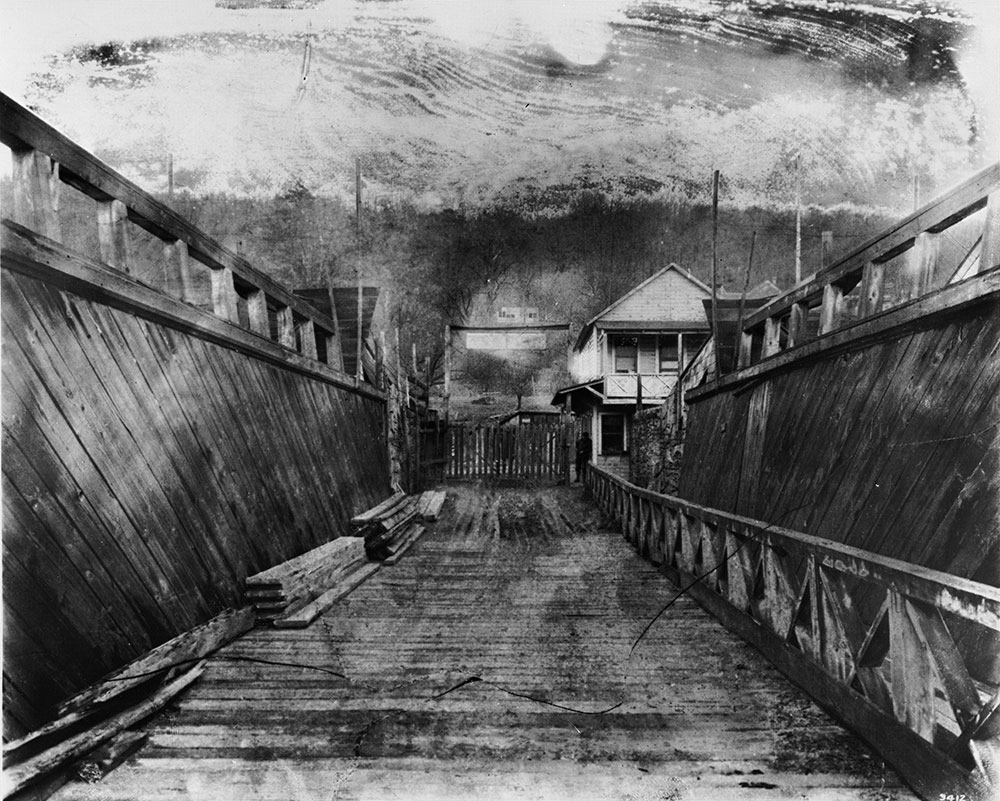
Revisiting Roebling Bridge II
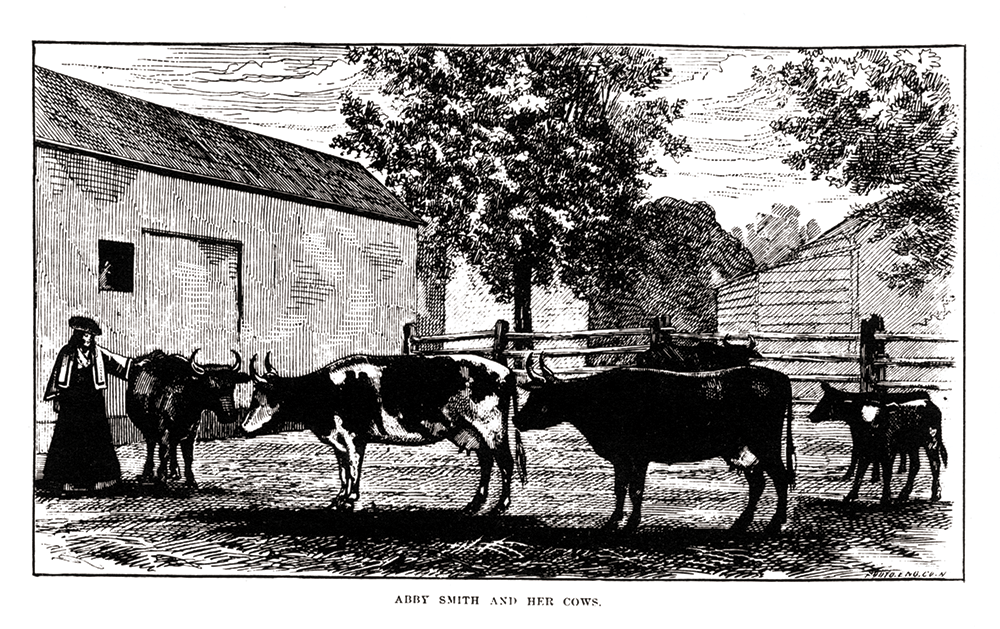
In 1876 Julia Smith published Abby Smith and Her Cows, a collection of newspaper articles, letters, and speeches regarding their taxes and a woman’s right to vote. The book also included one of their court cases.
“There were seven cows in all, at the first sale at the Sign-post. Of these, three have since been disposed of. The four others represented in the frontispiece—named Daisy, Whitey, Minnie, and Proxy, with one other, have been driven to be sold at the Auction Block, this Centennial year; a fine commentary on the doings of our Forefathers, a hundred years ago.
“One of the calves represented belongs to Proxy, and came while the mother was shut up to be forced to the Sign-post, and was named Martha Washington, by a young friend and near neighbor, shortly before her death. The other calf is Whitey’s, and is called Abigail Adams.”—Julia E. Smith, Abby Smith and Her Cows; With a Report of the Law Case Decided Contrary to Law, July 1876.
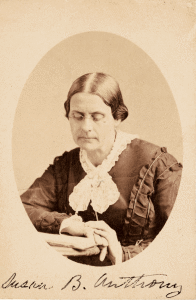
“Two bay windows have lately been added to the south side of the house, and these, filled with plants, make things look bright and cozy.
“We had a large, pleasant room assigned us for the night, which was made warm and cheery with its crackling hickory fire.
“Over our heads hung the picture of Miss Julia Evelina Smith; at my left side, Abby Hadassah; and in other parts of the room, Laurilla Aleroyla, Hancy Zephina, and Cyrinthia Sacretia…
“On Sunday morning I saw the far-famed Alderneys in their barnyard peacefully chewing the cud of contentment, totally oblivious of the commotion they had stirred up from one end of the land to the other.”—Correspondent for the Hartford Times, who visited the Smiths with Susan B. Anthony, in February 1874. Continue reading
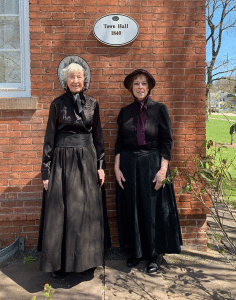
• May 15, 2022 • 3:30
• Museum on the Green
• Glastonbury, CT • $5
• Bring lawn chair
Reenactment of the April 1874 events (below) when the Smith sisters went to Town Hall to plead for the right of women to vote
What’s the Trouble Now?
Glastonbury’s town leaders held two meetings a year in their red brick Town Hall.
On Monday, April 6th, Abby, followed by Julia, stepped down from their carriage and walked into the hall. They wanted to request an equal voice with male taxpayers.
The meeting moderator, a Republican said, “This is an elector’s meeting. Voting cannot be stopped…You will have to wait until Fall.”
As the sisters left, they heard a suggestion that they could talk “outdoors as well as in the hall.” Seizing the opportunity, the sisters, undaunted, climbed (with help) into an old ox cart on the south side of the Town Hall.
Farmers, laborers, idlers, young men, and two newspaper representatives (all strangers except two men) gathered around the cart.
Oxcart Speech: God’s Laws Are Fulfilled by Love
Julia sat on the wagon bench. Courageous Abby stood as she drew her speech from her pocket. The group quieted down and listened respectfully. In a strong, clear voice Abby appealed to her fellow citizens to treat each other as family who loved their town.
The sisters wanted to discuss and settle the tax “difficulty” as “brothers (the town) and sisters (Abby and Julia) of the same family,” so both sides would be happy with the conclusion…
“If the brothers agreed, without consulting their sisters, to take property from their sisters whenever they chose, and as much as they chose, and made it a law, are their sisters bound by such a law?”
The sisters did not “mind sharing the expenses of a large family (the town),” but they were “not willing for irresponsible town men (whose interest it was to take their property) to help themselves to as much of their property as they wanted by force.” Continue reading
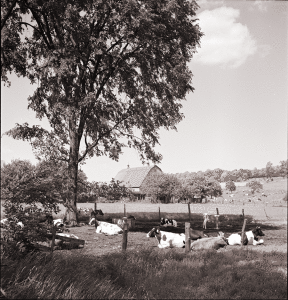
When Mr. Andrews dropped by the first day of the New Year, Abby and Julia gave him their usual warm welcome. They soon found out exactly what the town men thought of Abby’s speech.
Mr. Andrews presented a document which gave him permission to immediately take Julia’s pet cows—unless they paid their tax bill of $101.39.
Julia and Abby pleaded for a chance to speak to the town again to see if they would allow them to pay twelve percent interest (one percent a month), the same as voters (men) were allowed to do, on the $2,000 the men owed the town.
Mr. Andrews ignored the sisters and left to remove seven of Julia’s eight pet cows. (The law required they be removed for seven days before the auction.)
Mr. A. also disregarded Julia’s plea to leave two cows so the young one would have a companion. The little one left behind cried the whole time.
Andrews led the seven cows (which rebelled all the way) to Neighbor Hale’s empty tobacco shed, two or three houses above the Smiths. Julia could hear the cows complaining all night. She worried about the comfort of her pets, all huddled in the 15-foot by 12-foot shed 24 (which she had measured herself).
The cows were more trouble than they were worth. Mr. Hale had to carry water (around twenty-one pails a day) some distance. Hay had to be brought from another building. The cows, of course, wouldn’t let him milk them, so he had to ask Mr. Kellogg to do the milking. And Mrs. Hale would not take a drop of their milk.
On January 8, 1874, in the “depth of winter,” since Abby and Julia would not pay their tax bill, Mr. Andrews led the seven pets from their crowded “home” to the auction signpost, a half mile away.
The procession—complete with drum accompaniment, began. Mr. Andrews led the best cow Jessie. Daisy, Proxy, Minnie, Bessie, Whitey, and Lilly, four men, a dog, and a drummer followed. Several teams and Julia and Abby in a wagon with Mr. and Mrs. Kellogg completed the “parade” (or funeral, as Mrs. K. thought) to the signpost.
The forty men at the signpost, hoping to get a good Alderney for cheap, bid so low, that Mr. Kellogg (with the money the sisters gave him) bought four cows for $101.39, the tax amount the sisters owed. Continue reading

Though pure breed Alderney cattle no longer exist, at the time they were famous for their abundant supply of milk and rich butter.
Alderneys were a smaller cow and supposedly docile. But Julia’s brindle Alderneys would listen only to her. As soon as Julia called their names, they galloped single file and followed wherever she led them. They were obstinate and ornery for anyone else. If someone new was milking them, Julia had to stand where the Alderneys could see her, until they trusted the new milker.—Abby, Laurilla, and Mary Ann, p. 209.
Alderney, Jersey, and Guernsey cattle breeds originated on Islands of the same name in the British Channel.
Pure-breed Alderneys (which no longer exist) were smaller and more slender boned than Jerseys and Guernseys.
In June 1940, before the Germans took over, some 1,500 native Alderney folks were evacuated to mainland Britain. Some Alderneans went instead to Guernsey, where they were forced to stay for the war.
Most of the Alderney cattle were shipped to Guernsey where they interbred with the local Guernsey breed. The few purebred Alderney cattle which stayed on the island died at the hands of the Germans as did some 400 of the 6,000 people living in the prison camps.
The Alderney bloodline can be traced in some American herds.
—Jordan Allen, BBC News, “Alderney Cow: The Breed Jerseys and Guernseys Overshadowed,” February 5, 2013.
Alderneys are mentioned in Jane Austen’s novel, Emma (1815) and Elizabeth Gaskell’s, Cranford (1853).